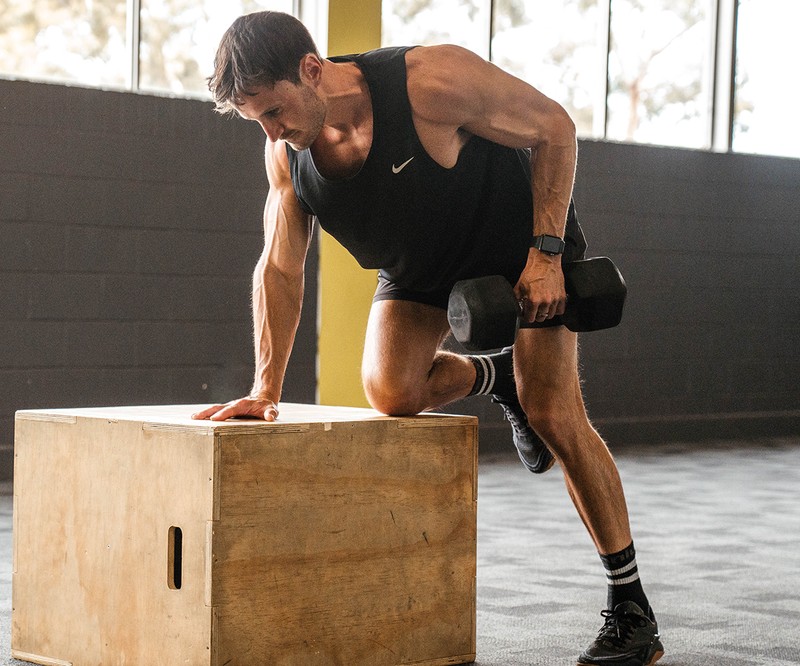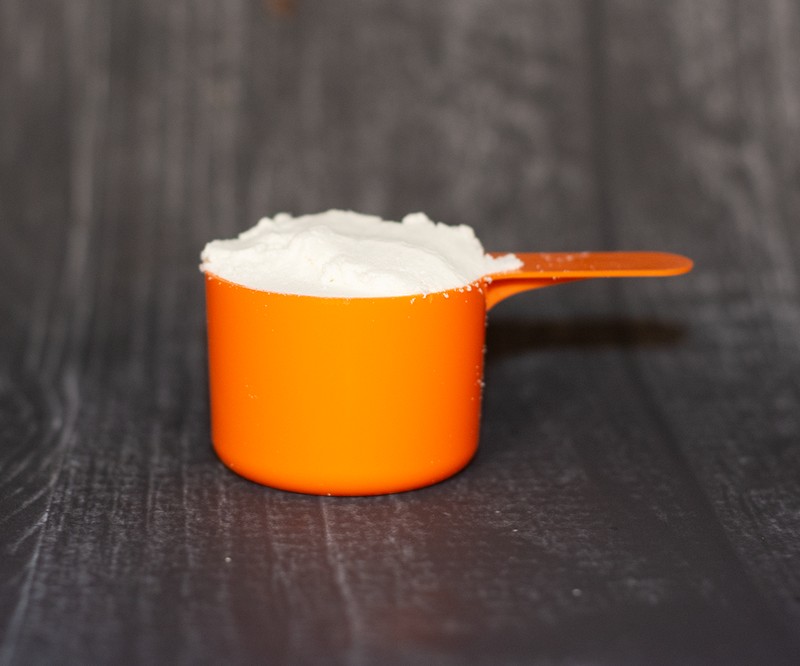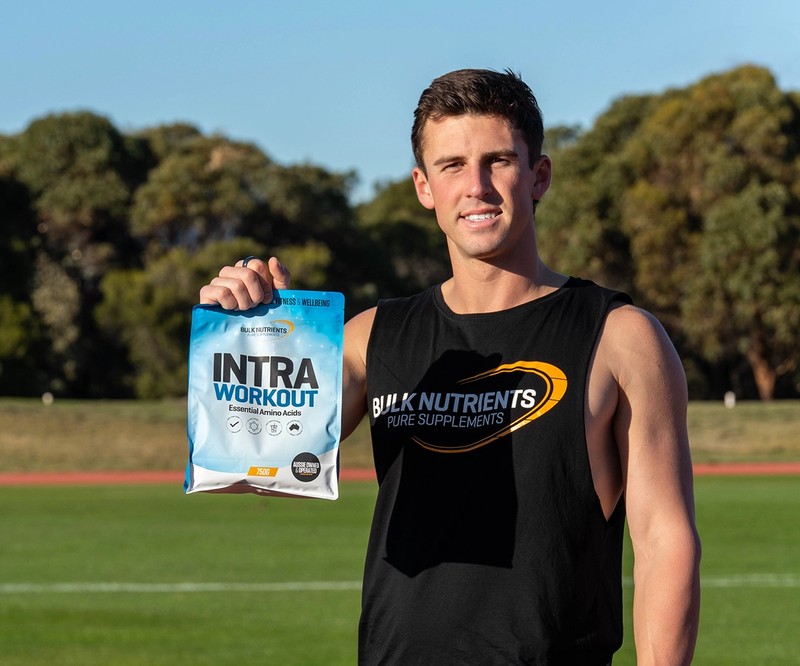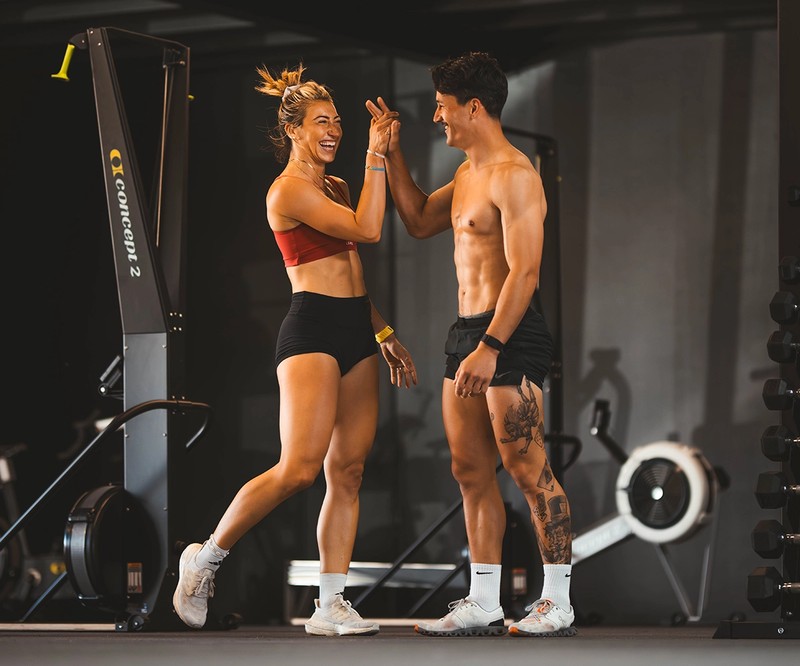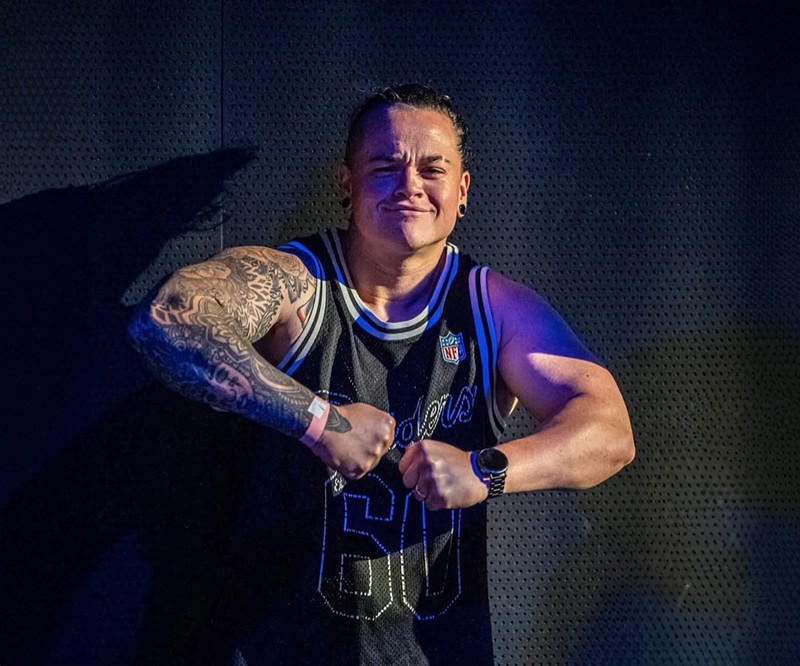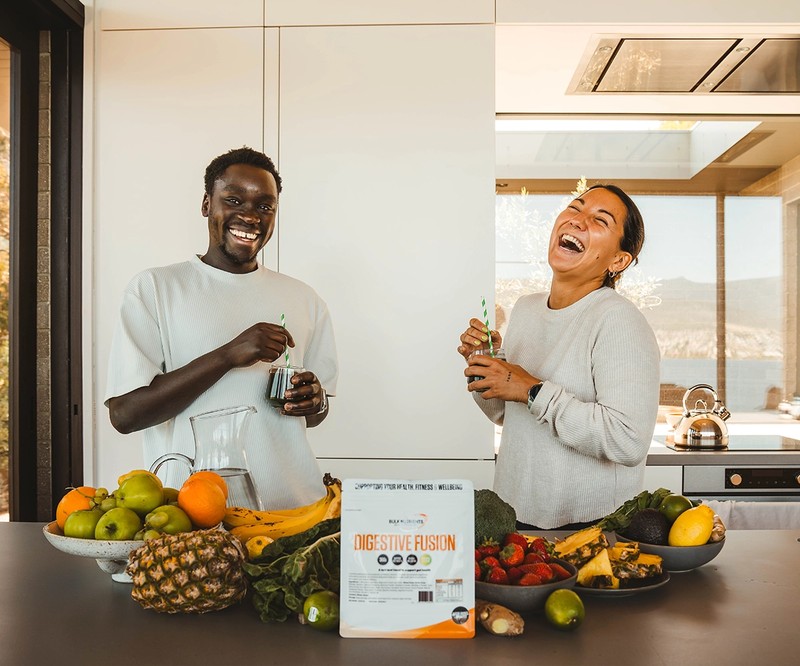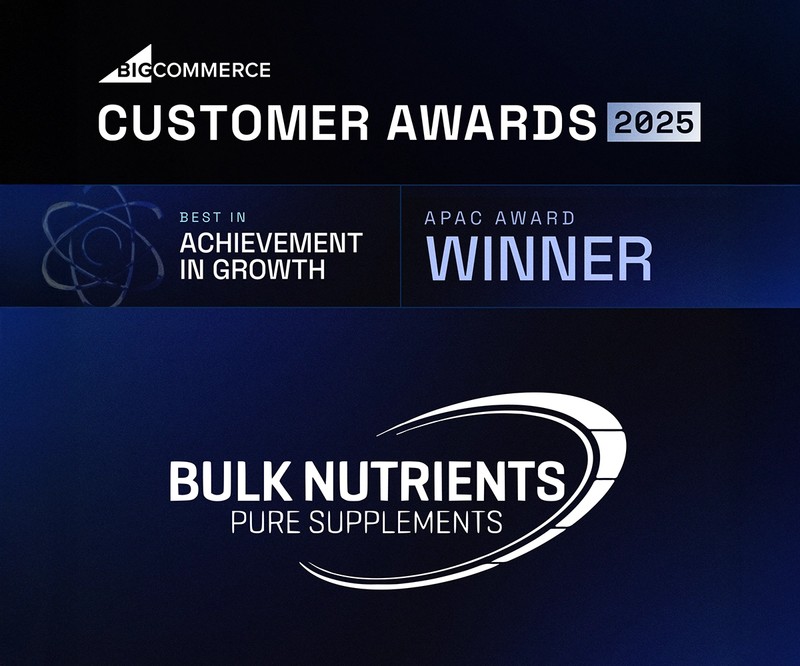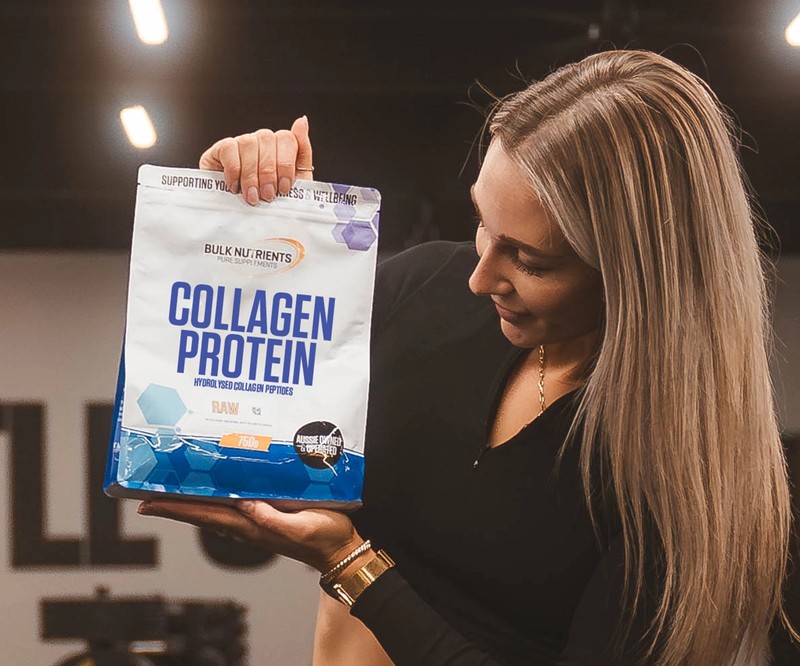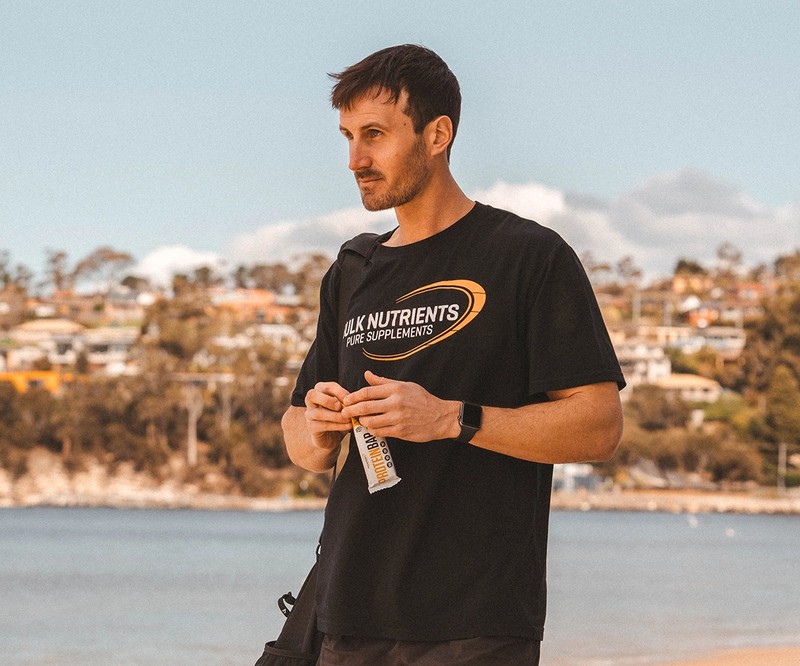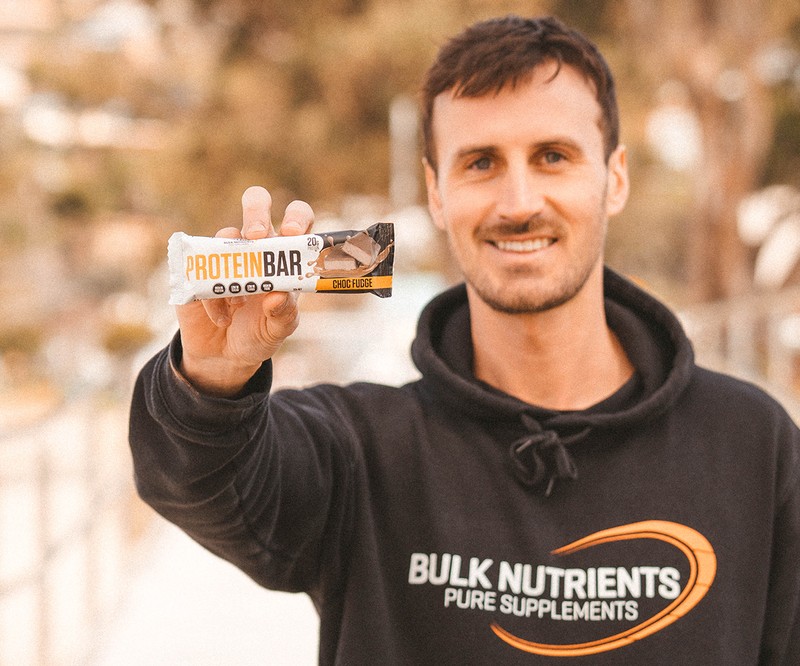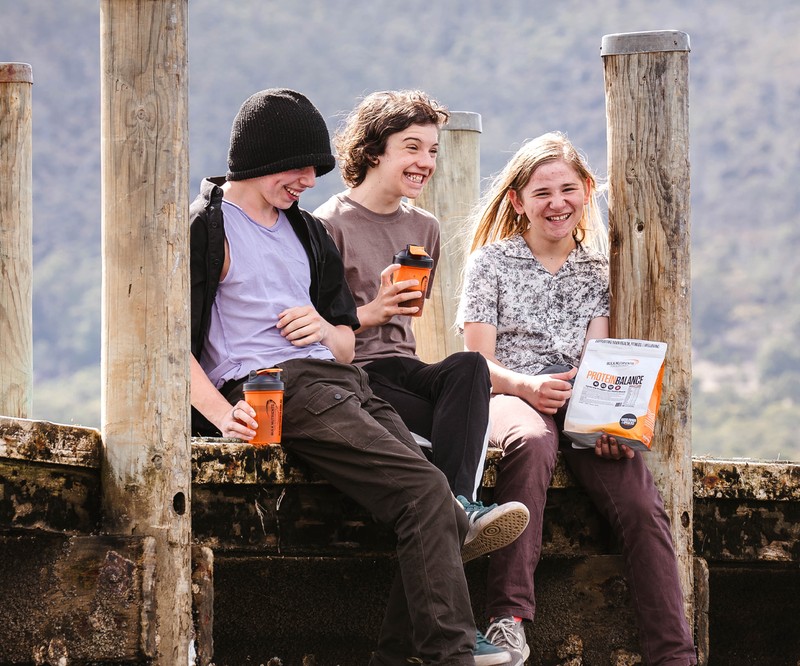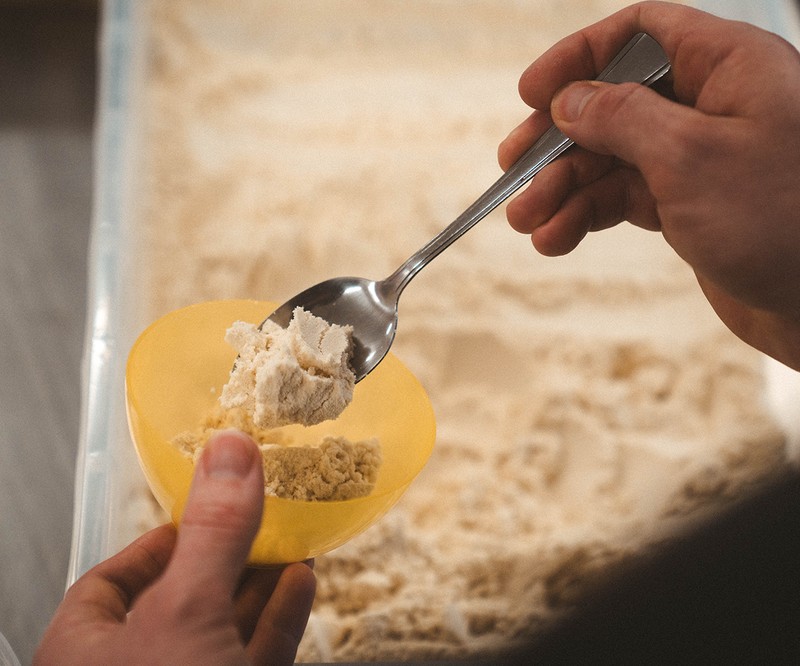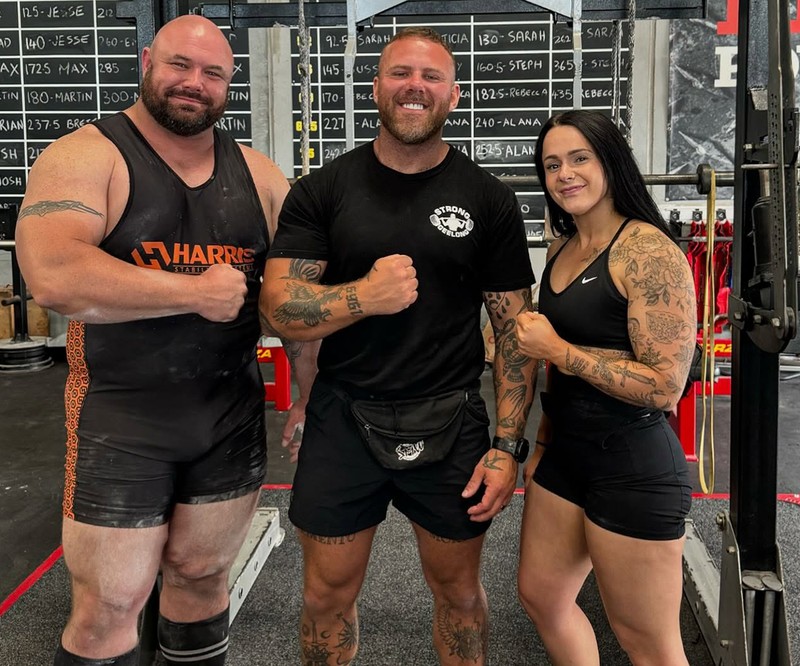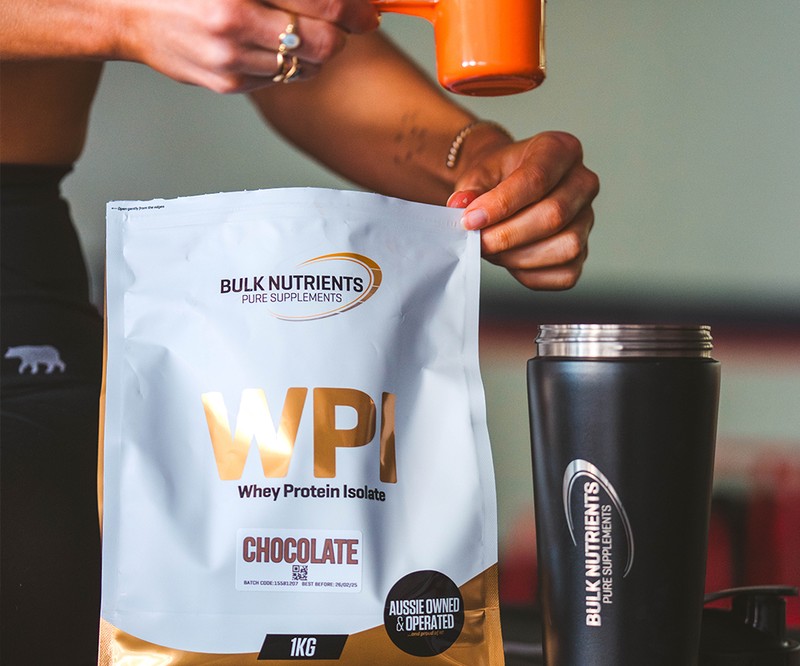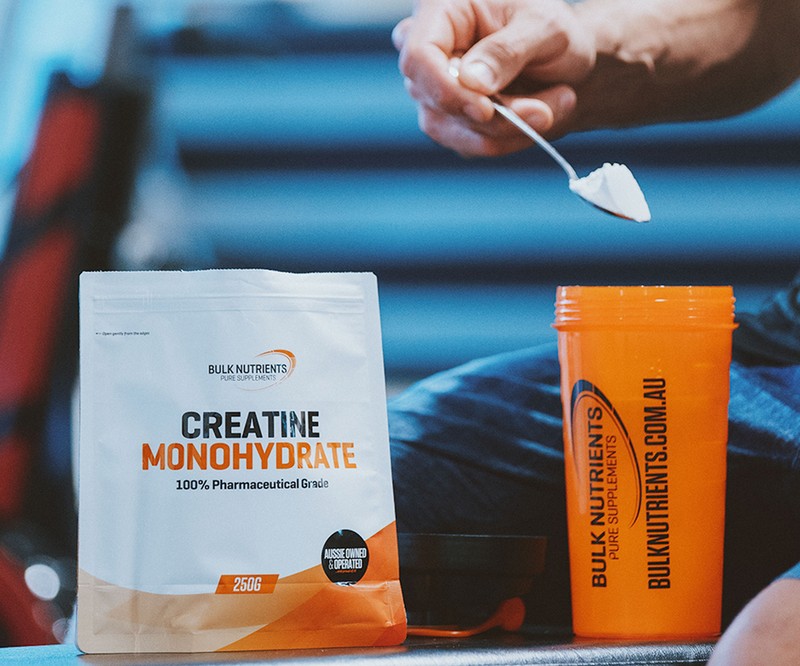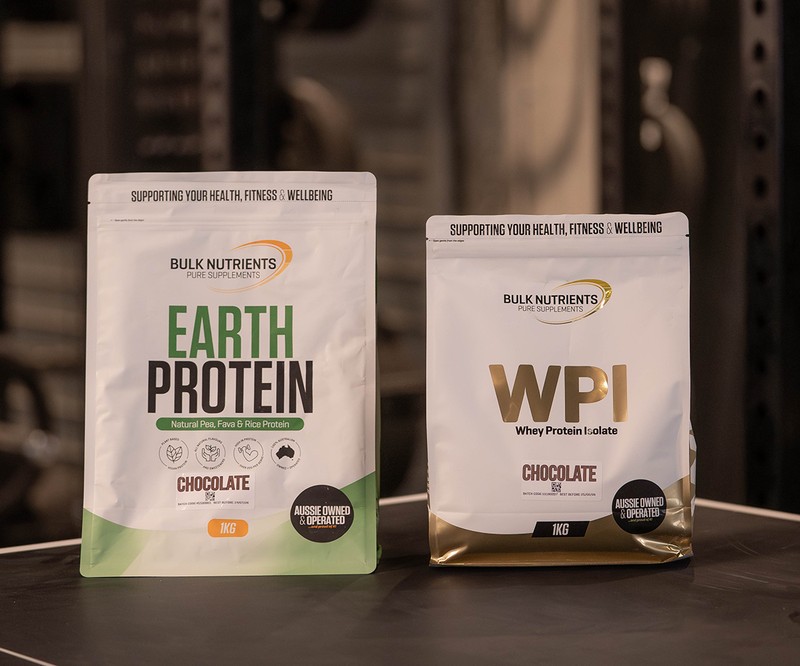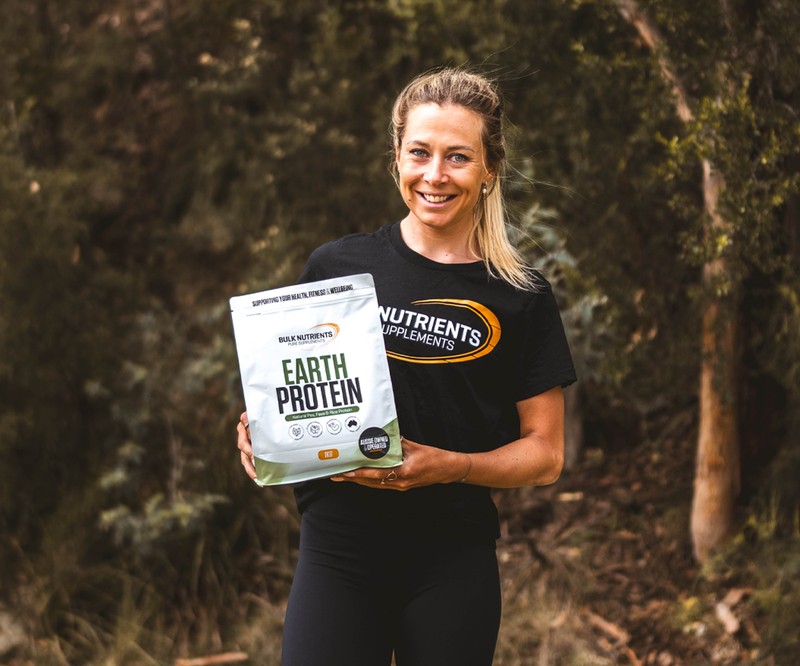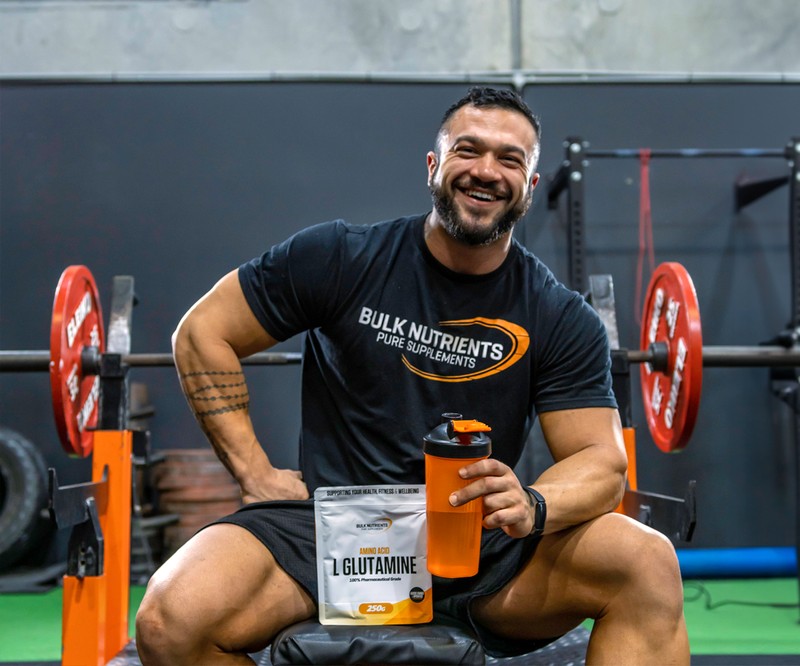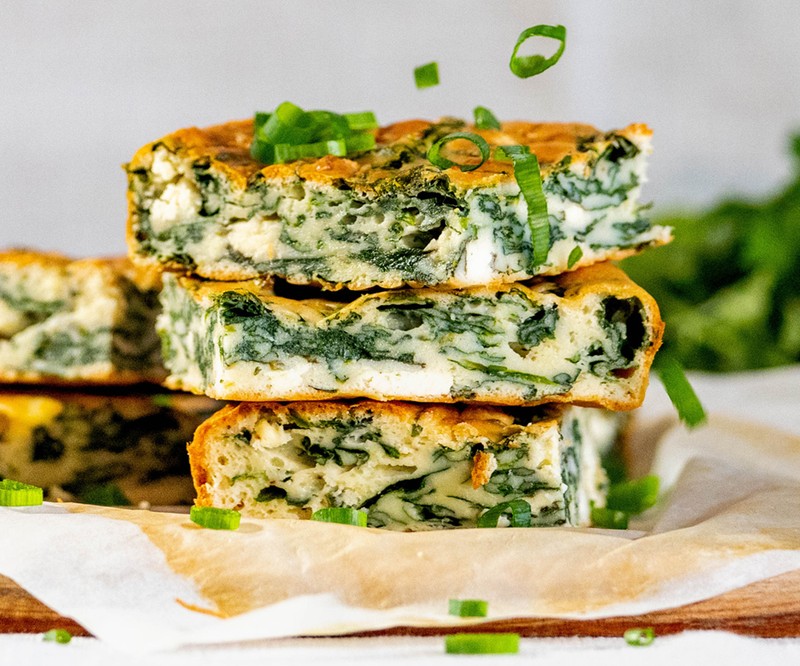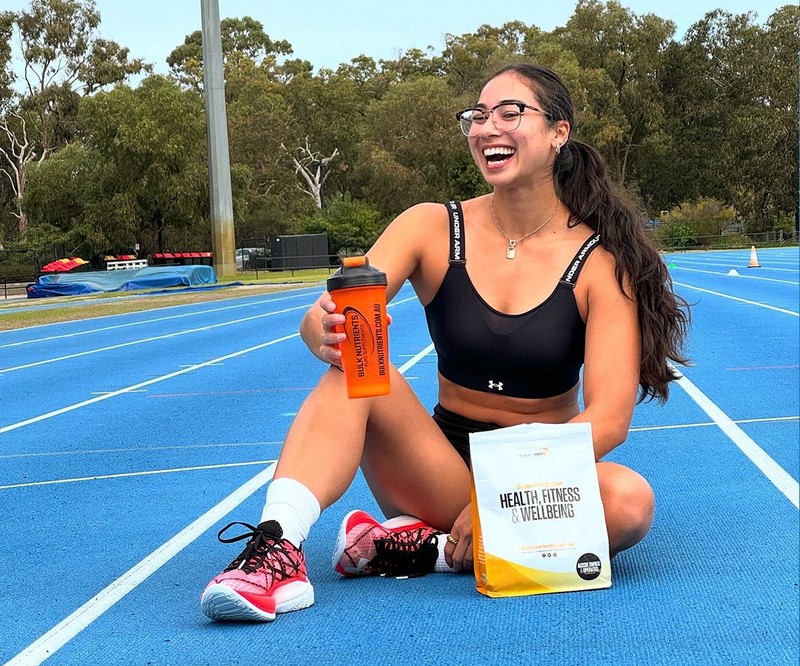How Many Sets per Workout for the Best Muscle Growth?

High volume training: is it the best for optimal muscle growth?
An overwhelming amount of research recommends that 10 sets per week are the appropriate amount for muscle growth. But will it yield OPTIMAL muscle growth? And if not, what does?
To answer this, researchers have conducted a meta-analysis by combining several studies and analysing their statistical data to extract a conclusion. Their research found that training with higher volumes will result in more effective muscle hypertrophy in comparison to performing fewer sets per week.
The researchers backed up their findings with two studies in particular, because of their supporting evidence on doing more sets per muscle. In fact, the research suggests that performing upper and lower body exercises at a volume of 5 sets per exercise with a rep range of 8-12 will result in significantly higher muscle growth.
So if that’s the case, then why don’t we see more studies recommending much higher volume training?
To put it simply, the majority of studies fail to factor training experience into their statistical analysis. Because of this, the researchers combined the analysis from all studies and generated two sets of data: trained vs untrained individuals.

Amazingly, lower volume training was met with diminished muscle growth in advanced lifters compared to untrained individuals. According to research, gaining experience will induce greater resistance to muscle fatigue and raise your optimal training volume.
So we can see that extreme training volumes can lead to more extreme gains. But before we all dial our sets per week to 11 and excitedly watch our muscle growth skyrocket, we first need to consider the additional factors including genetics, diet and recovery speed. This is because upping your volume too far can actually lower your gym gains due to the potential of overtrained muscles and delayed recovery.
Further research has shown that slightly reducing your total training volume will raise your muscle mass without the added risks of injury or overtraining.
Therefore, these additional factors allow us to tweak and fine-tune our extreme training to figure out the optimal volume for every person.
Practical Application: Sample workout of extremely high volume training for muscle growth
Keeping all of this in mind, let’s take a look at a practical example of Bulk Nutrients customer “Matt” who is trying to maximise his muscle gains.
“Matt’s Tricep Workout”
Tricep Extensions (Perform 3x per week)
- 1st set: 10 reps
- 2nd set: 12 reps
- 3rd set: 12 reps
- 4th set: 10 reps
Tricep Dips (Perform 3x per week)
- 1st set: 10 reps
- 2nd set: 8 reps
- 3rd set: 10 reps
Skull Crushers (Perform 3x per week)
- 1st set: 8 reps
- 2nd set: 12 reps
- 3rd set: 8 reps
Total training volume: 30 sets per week

So we can see that “Matt’s” total training volume adds up to 30 sets per week which follows the recommendations made in the meta-analysis for experienced individuals who’ve grown resistant to lower volumes of training.
In this case, what does a standard workout look like for an untrained individual? Let’s examine Bulk Nutrients customer “Michael”, who is just getting started in the gym and is trying to pack on muscle.
“Michael’s Tricep Workout”
Tricep Extensions (Perform 1x per week)
- 1st set: 10 reps
- 2nd set: 12 reps
- 3rd set: 12 reps
- 4th set: 10 reps
Tricep Dips (Perform 1x per week)
- 1st set: 10 reps
- 2nd set: 8 reps
- 3rd set: 10 reps
Skull Crushers (Perform 1x per week)
- 1st set: 8 reps
- 2nd set: 12 reps
- 3rd set: 8 reps
Total training volume: 10 sets per week
So we can see that “Michael's” total volume is significantly lower than “Matt’s” training volume while being more optimal for his muscle growth due to his lack of training experience.
However, as shown by the science, his total training volume will progressively get closer to 30 sets per week as he adapts to his current level of resistance training.
Nutrition: Protein for recovery and muscle growth
The researchers made sure to highlight the importance of nutrition in our capacity to recover from extreme workouts.
According to research, consuming roughly 1.6-2.2 grams of protein per kg of body weight will help speed up our recovery times and prevent serious overtraining.
Further reading: What are cluster sets and can they improve muscle growth?
Our Bulk Nutrients Whey Protein Concentrate is a convenient and cost-effective way of consuming the adequate protein required for effective muscle growth.

Although there are insufficient scientific studies and analyses to definitively know that extremely high training volumes induce much greater muscle growth, the findings made in recent research allow it to be suggested as a favourable method.
In short, some individuals who are already experienced in weightlifting will need to ramp up their training volumes to 30 sets per week to optimise muscle gains, while others who are just getting started will require a much less vigorous approach at roughly 10 sets per muscle group.
Also, 30 sets per muscle group each week for an extended period could lead to overtraining. One or two weeks of 30 sets before knocking it back to 15 sets (and then maybe even 10 to “deload”) would be advisable.
However, we recommend that the best thing to do is monitor your progress and energy levels based on the science above; to determine the optimal training volume for you! Whilst more research is needed, we currently have a solid place to begin.
References:
- Gomes, G.K., Franco, C.M., Nunes, P.R.P. and Orsatti, F.L. (2018). High-frequency resistance training is not more effective than low-frequency resistance training in increasing muscle mass and strength in well-trained men. Journal of Strength and Conditioning Research, p.1.
- González-Badillo, J.J., Gorostiaga, E.M., Arellano, R. and Izquierdo, M. (2005). Moderate Resistance Training Volume Produces More Favorable Strength Gains Than High or Low Volumes During a Short-Term Training Cycle. The Journal of Strength and Conditioning Research, 19(3), p.689.
- Grgic, J., Schoenfeld, B.J., Orazem, J. and Sabol, F. (2021). Effects of resistance training performed to repetition failure or non-failure on muscular strength and hypertrophy: A systematic review and meta-analysis. Journal of Sport and Health Science.
- journals.lww.com. (n.d.). May 2015 - Volume 29 - Issue 5 : The Journal of Strength & Conditioning Research. [online] Available at: https://journals.lww.com/nsca-jscr/Fulltext/2015/05000/Dose_Response_of_1.
- MennoHenselmans.com. (2018). New science on the optimal training volume: extreme training for extreme gains? [online] Available at: https://mennohenselmans.com/optimal-training-volume/.
- Peterson, M.D., Rhea, M.R. and Alvar, B.A. (2005). Applications of the Dose-Response for Muscular Strength Development: A Review of Meta-Analytic Efficacy and Reliability for Designing Training Prescription. The Journal of Strength and Conditioning Research, [online] 19(4), p.950. Available at: https://www.semanticscholar.org/paper/APPLICATIONS-OF-THE-DOSE%E2%80%90RESPONSE-FOR-MUSCULAR-OF-Peterson-Rhea/bfe1b16ad8fc1d22f1de6bfa4adcb92bedde0980?p2df.
- Recent Perspectives Regarding the Role of Dietary Protein for the Promotion of Muscle Hypertrophy with Resistance Exercise Training. (2018). Nutrients, [online] 10(2), p.180. Available at: https://mdpi-res.com/d_attachment/nutrients/nutrients-10-00180/article_deploy/nutrients-10-00180.pdf.
Related Blogs

Experienced Lifters Can Grow More Muscle With Tri-Sets
Posted by Bulk Nutrients
Estimated reading time: 5 minutes
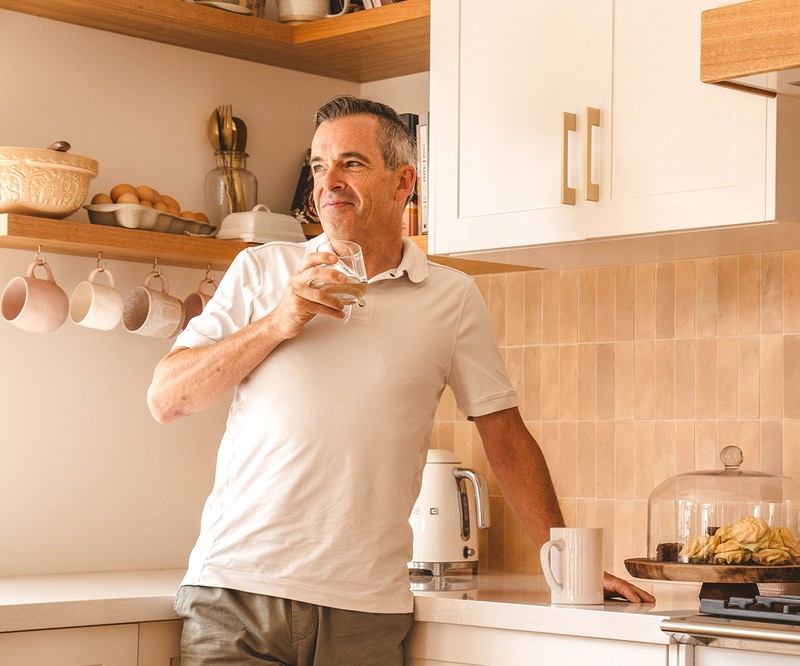
Not Training for a Period Helps You Grow More Muscle
Posted by Bulk Nutrients
Estimated reading time: 5 minutes

Why You Need a Deload Week for Maximum Muscle Growth
Posted by Bulk Nutrients
Estimated reading time: 5 minutes




